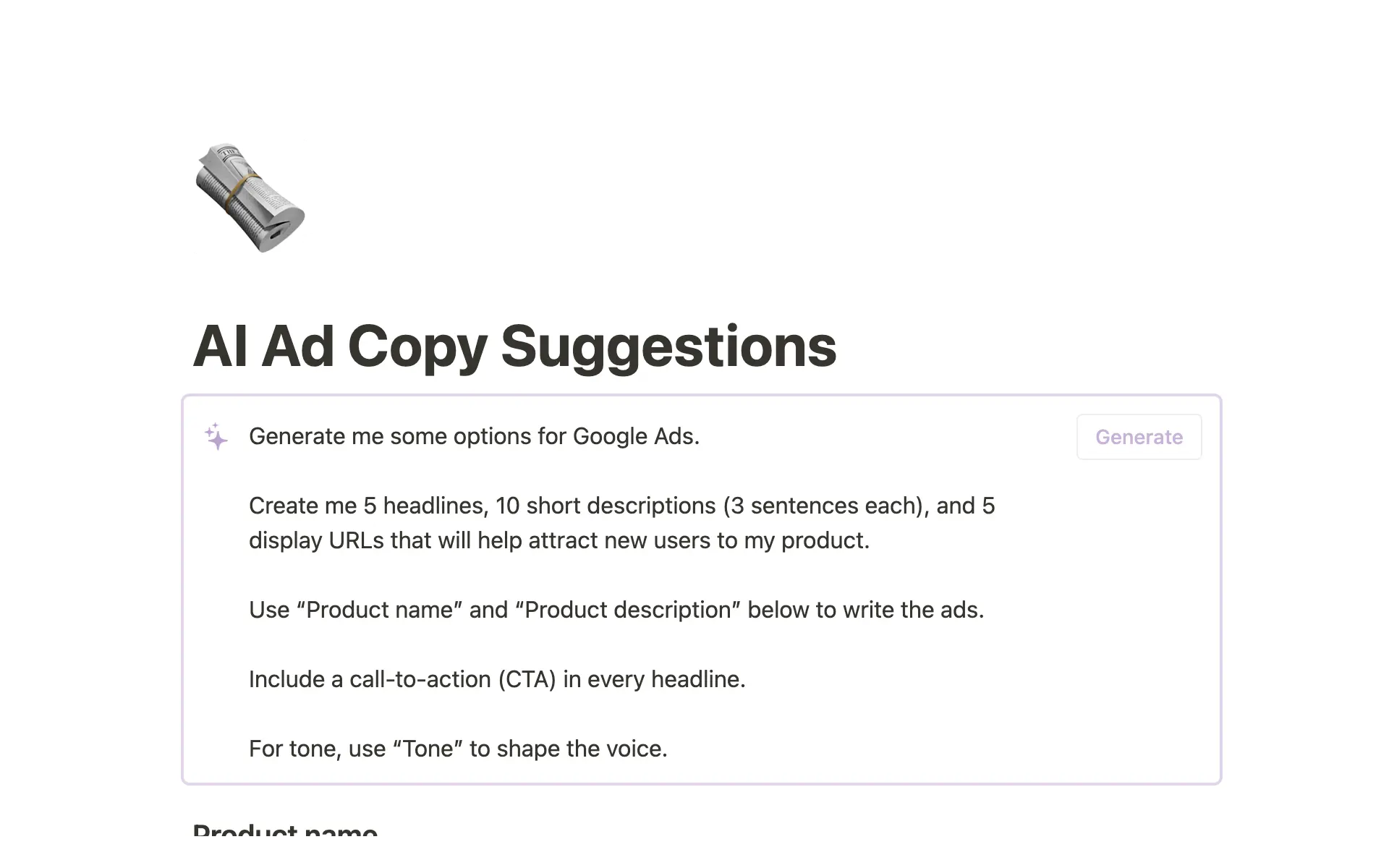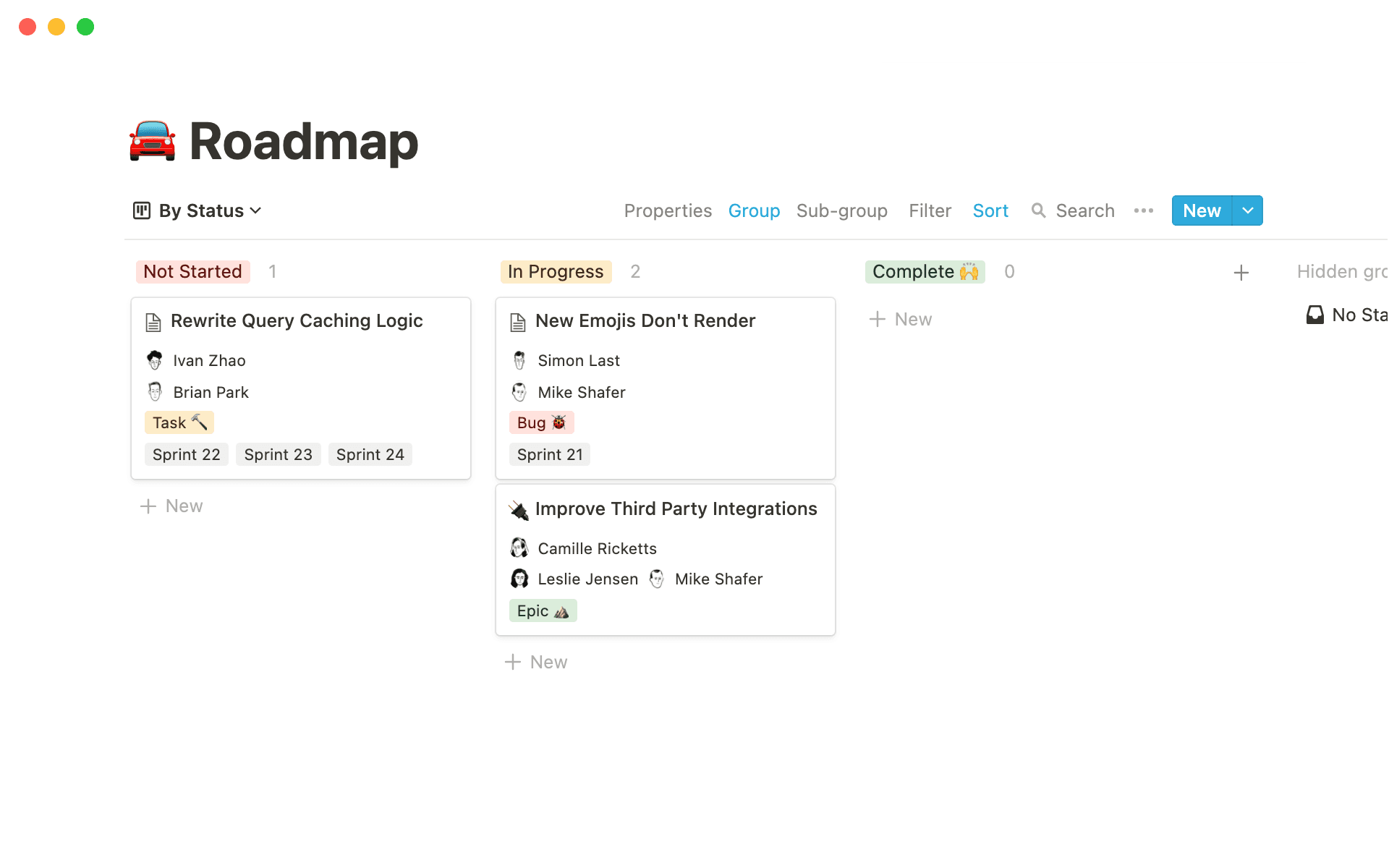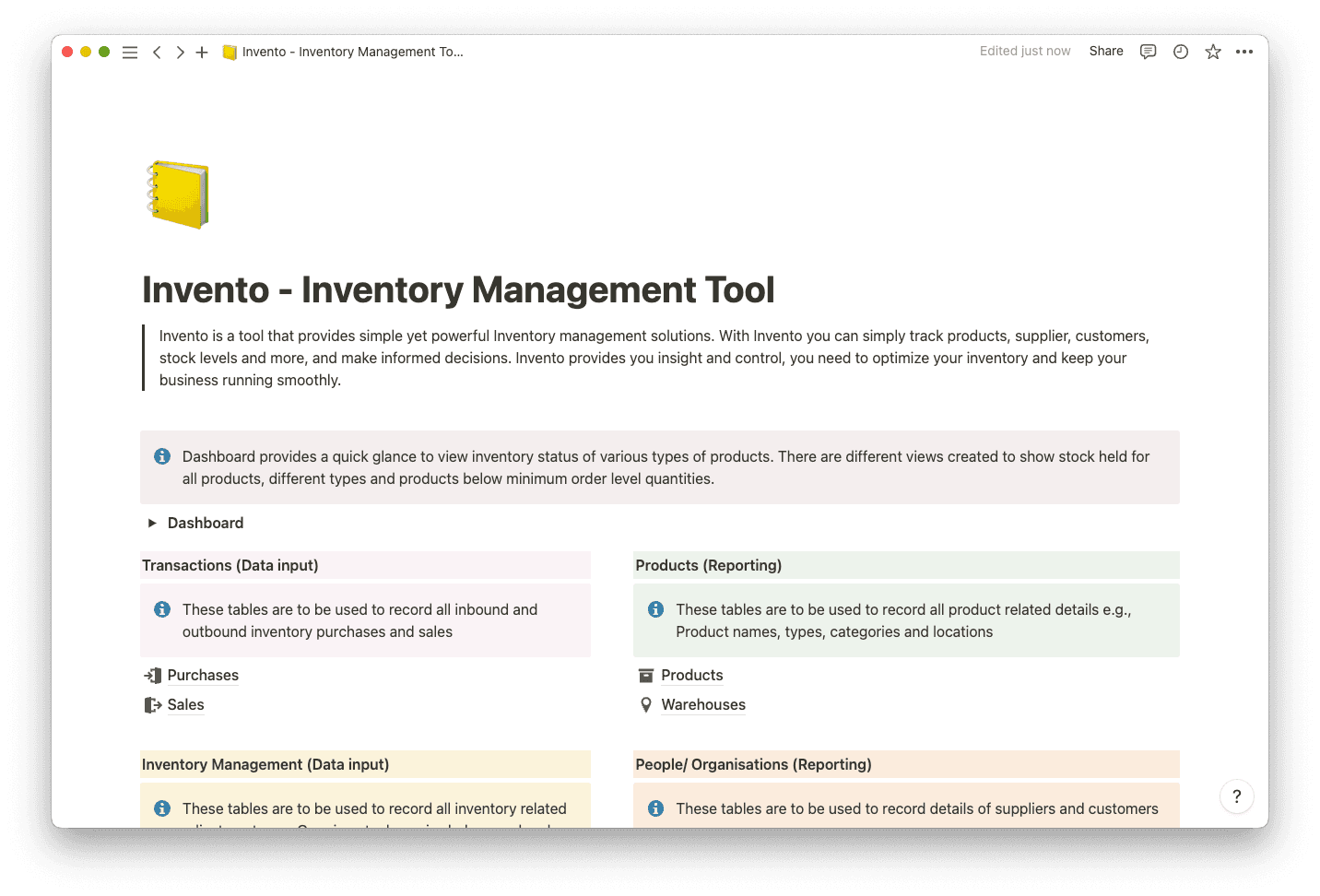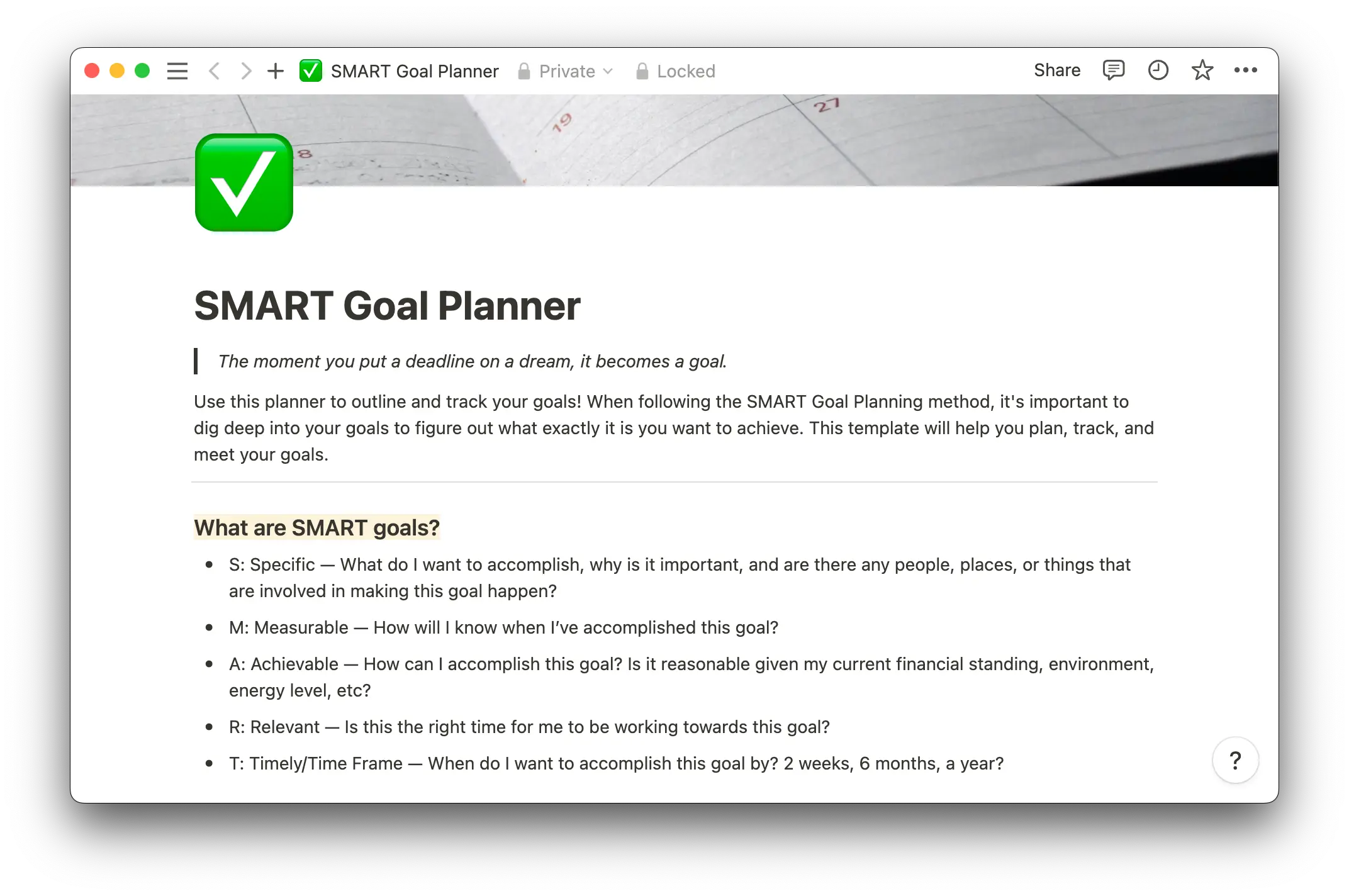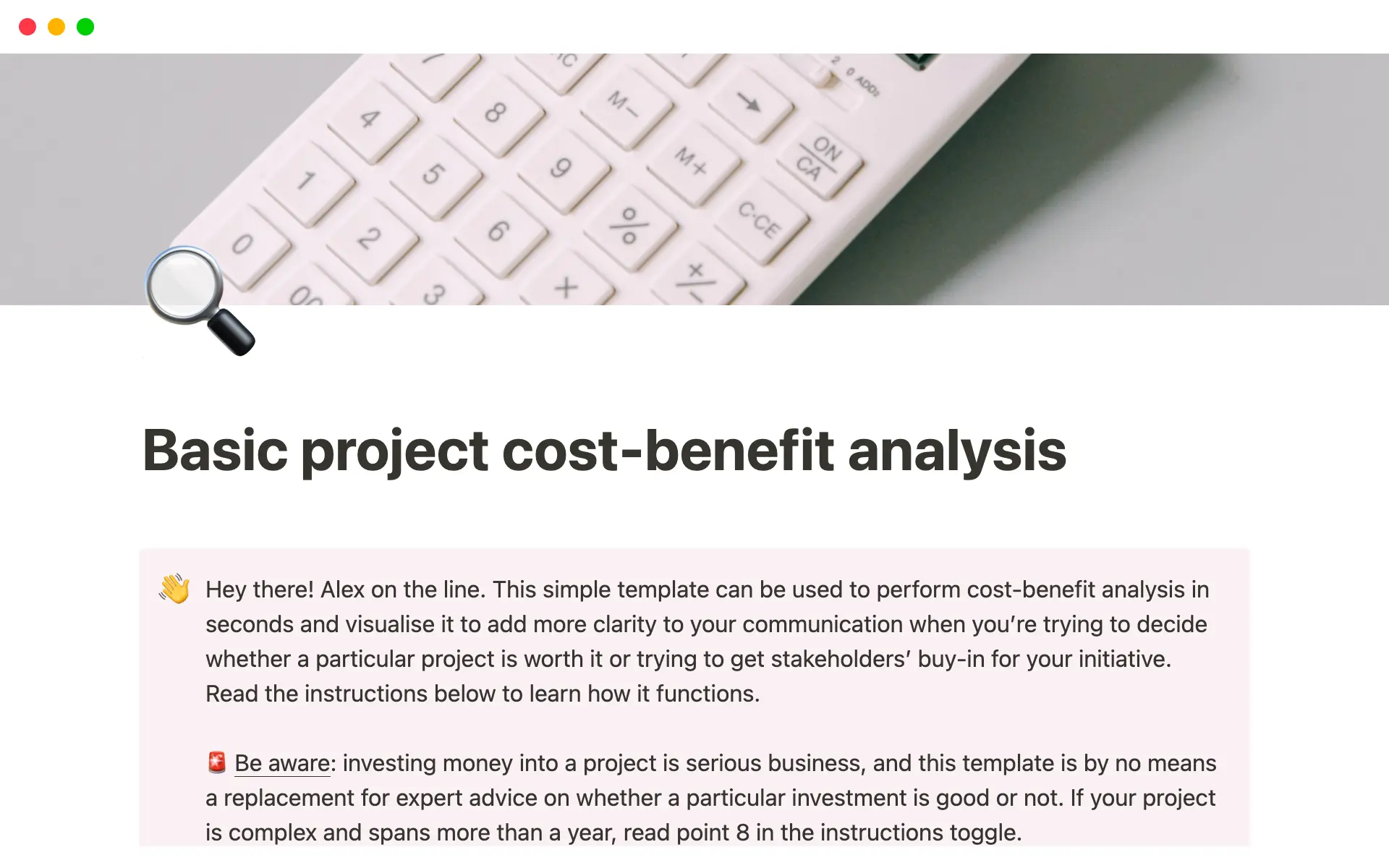Nobody gives you a crystal ball that reveals the future — especially when you start a business.
Luckily, you can use previous experience to gauge your spot in the market and make decisions based on that insight. But when it comes to your overall strategy, expenses, and project goals, you need a more tangible and realistic way to foresee potential issues.
This is what business forecasting offers — a glimpse into your business’s future based on data. Because with proper planning, you can have better visibility to allocate resources and manage your revenue streams. A solid forecast can be the difference between reaching success and going back to the drawing board.
What is forecasting in business?
Business forecasting predicts a company's future based on industry trends, data patterns, and market research. This usually involves extensive data analysis. Despite how technical the forecasting process can be, it comes with an acceptable margin of error, meaning it isn’t always right.
Business forecasts help leaders pave successful strategies and develop project and company goals that make sense. And they can aid almost any decision, whether managing resources or considering the overall viability of a company.
Some business forecasting examples may include:
Estimating monthly project costs — past project costs and resource usage can help create future estimates for budgeting purposes.
Predicting future sales — market research, past sales of similar products, and current trends inform sales forecasts.
Allocation of resources — with statistics like annualized turnover, you can predict what resources will be available to you.
In a sense, business forecasting is like weather forecasting. It's not 100% accurate because it’s a prediction. But it’s based on actionable data, and a forecast is as close as you can get to predicting the future without a crystal ball.
How business forecasting leads you to success
Although the results are never certain, business forecasting beats an uninformed assumption any day of the week. It offers concrete, valuable insights into any aspect of your business, whether that’s the state of the market or the resources you need for a new product. Here are more benefits:
Manages change
Before market changes become roadblocks, a solid prediction can anticipate them. You can then develop a strategy to work through any obstacles that may arise, like labor shortages or supplier changes.
Plans for demand
Future business planning accounts for ebbs and flows in customer demand. You'll be ready for a higher demand (and higher costs) if the market shifts in your favor, and you’ll have support in place if it drops.
Increases customer satisfaction
If market shifts do occur and you suddenly find your product in high demand, proper forecasting will have accounted for that. You’ll already have the resources in place to act quickly. And when a business doesn't slow down when demand rises, like during the holiday season, it keeps customers satisfied and returning.
Considers goals
Reaching realistic long and short-term goals is easy when you're actively tracking your progress as a business. Forecasts help you build achievable objectives while continuously predicting and reporting on the immediate past, which lets you turn those goals into successes.
Learns from the past
Since you build many forecasts on data from the past, you can see where you went wrong (or right) in past decisions. This informs where to go next and what adjustments you need to make to avoid mistakes.
Business forecasting challenges
While the pros of business forecasting certainly outweigh the cons, it does have its downsides.
Since forecasting considers historical data, the process takes time and skill, which not everyone has the resources to do. And history doesn't always repeat itself, especially regarding the market and economic trends that affect your product. Historical data eventually becomes outdated and stale, and your forecast is only as accurate as the data that feeds it. The forecasting process is useful, but it isn’t perfect.
5 types of business forecasting
There are many types of business forecasting you can hone in on, according to the level of detail needed and the resources available. The five most common types include:
1. General forecasting
General forecasting informs your business strategy based on environmental factors, such as market changes and technological advances. This works for nearly every industry. Nobody’s exempt from market-altering changes in technology or politics.
2. Financial forecasting
Financial forecasting looks at your cash flow, accounting functions, and operating costs to determine the overall future path of your company. It's an excellent way to perform a checkup on your overall business health. Without it, you might not spot gaps or money pits.
3. Sales forecasting
Sales forecasting predicts future buying patterns while closely examining how sales factor into growth. This is an excellent forecast to perform when your business is heavily sales-based and you need to determine how many people to hire or how much product to manufacture.
4. Demand forecasting
Often paired with sales forecasts, demand forecasts predict market changes and outline how your sales team can adjust. This helps you make decisions about on-hand inventory and ensure you meet customer demands.
5. Budget forecasting
Down in the nitty gritty of cost analysis lies budget forecasting. This forecast focuses directly on business costs, like labor, insurance, and even rent. While financial forecasting includes some elements of budget forecasting, it focuses on a total balance, while the latter pinpoints what future costs will be leaving your checkbook.
Business forecasting methods
There are two main forecasting methods — quantitative and qualitative. Each has a list of forecasting models and approaches you can use:
Quantitative
Quantitative forecasting relies on data and numbers, using variables and formulas to analyze data sets. There’s less room for human input error, as it solely focuses on past data to create future forecasts. Examples of quantitative forecasting models include:
Time series analysis — the most common method, time series analysis works well when you have tons of past data to review. It uses as much historical data as possible to highlight trends and turns those trends into future predictions.
Indicator approach — the indicator approach focuses on economic conditions, such as unemployment rates and the Consumer Price Index (CPI). It monitors these indicators and helps you adjust business accordingly.
Average approach — this model assumes that the averages of the past predict those of the future, making it an ideal tool for estimating and managing inventory.
Econometric modeling — econometric modeling is a math-heavy methodology that uses regression analysis and statistical equations to predict how past data variables interact. It forecasts potential repetition in data behavior and also factors in seasonal changes to help businesses make future strategic decisions.
Qualitative
Qualitative forecasting comes in handy when you don't have much data for quantitative forecasts. It gathers industry input from customers, experts, and even your management team to create forecasts. This is best in the short term because you'll gather data along the way and eventually turn that data into a quantitative prediction. There are two primary models for qualitative forecasts:
Delphi method — in this method, you’ll ask experts for their opinions and turn them into an actionable forecast.
Market research — tried and true, market research is especially handy in sales, as it gathers customer, expert, and employee feedback to create a forecast.
How to conduct a business forecast in 8 steps
No matter your method or what your business has on its horizon, there is a standard procedure for carrying out your business forecast. Here are the steps you need to take to properly create a forecast:
Prepare — before starting, you'll need a forecaster and a process for decision-making. Set the table with the tools necessary to create an informed prediction, and make sure everyone involved is clear on the plan.
Set your target — what are you forecasting? Sales projections? Internal operations? Set forecast goals so your team knows exactly what data to investigate.
Collect data — gather all relevant data sets, from internal data to market research — whatever you need to create the most comprehensive forecast possible.
Assume — start with some assumptions to get things rolling. Think of them like hypotheses. They might be right or wrong, but they set your team off in a direction to find out.
Pick a method — choose a forecasting model that makes the most sense for your business.
Analyze — using that model, analyze the data. Hold regular meetings so everyone’s on the same page. You might even use AI for forecasting in your process to save time.
Create a forecast — based on the data and the method you’re using, create a forecast that management can act on.
Validate the forecast — after taking a step back and waiting for results, return to your projections and evaluate whether the forecast was right. This lets you search for a variable, outlier, or insight that could have made it more accurate for next time.
Forecast your business's success with Notion
Whatever the future has in store for your business, Notion will help your company get there. In a connected, customizable workspace, you can organize every document for smooth sailing every time.
Keep track of your sales data with Notion's ultimate CRM dashboard, analyze your decision-making process, or refine your business operations with Notion's startup hub. The more data you track, the more you have for your business forecasts.


